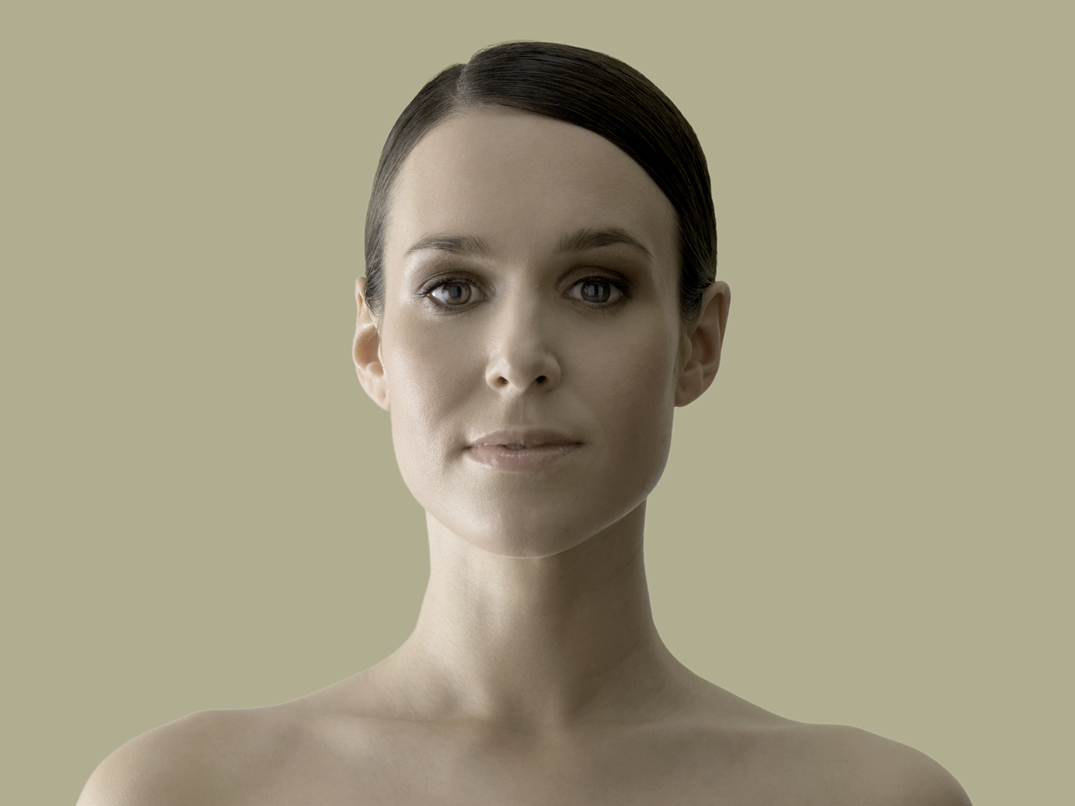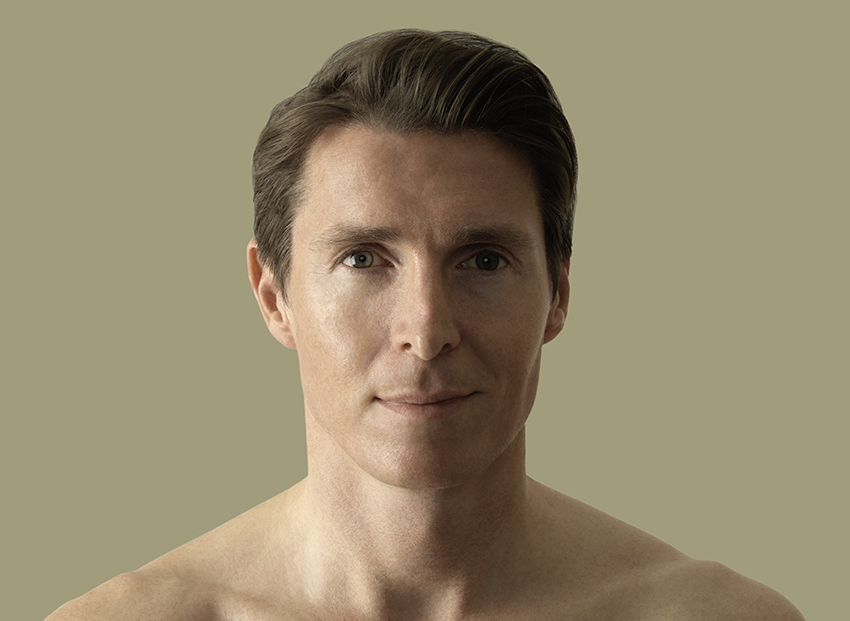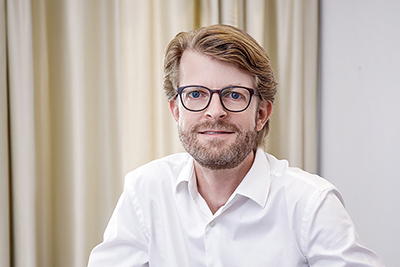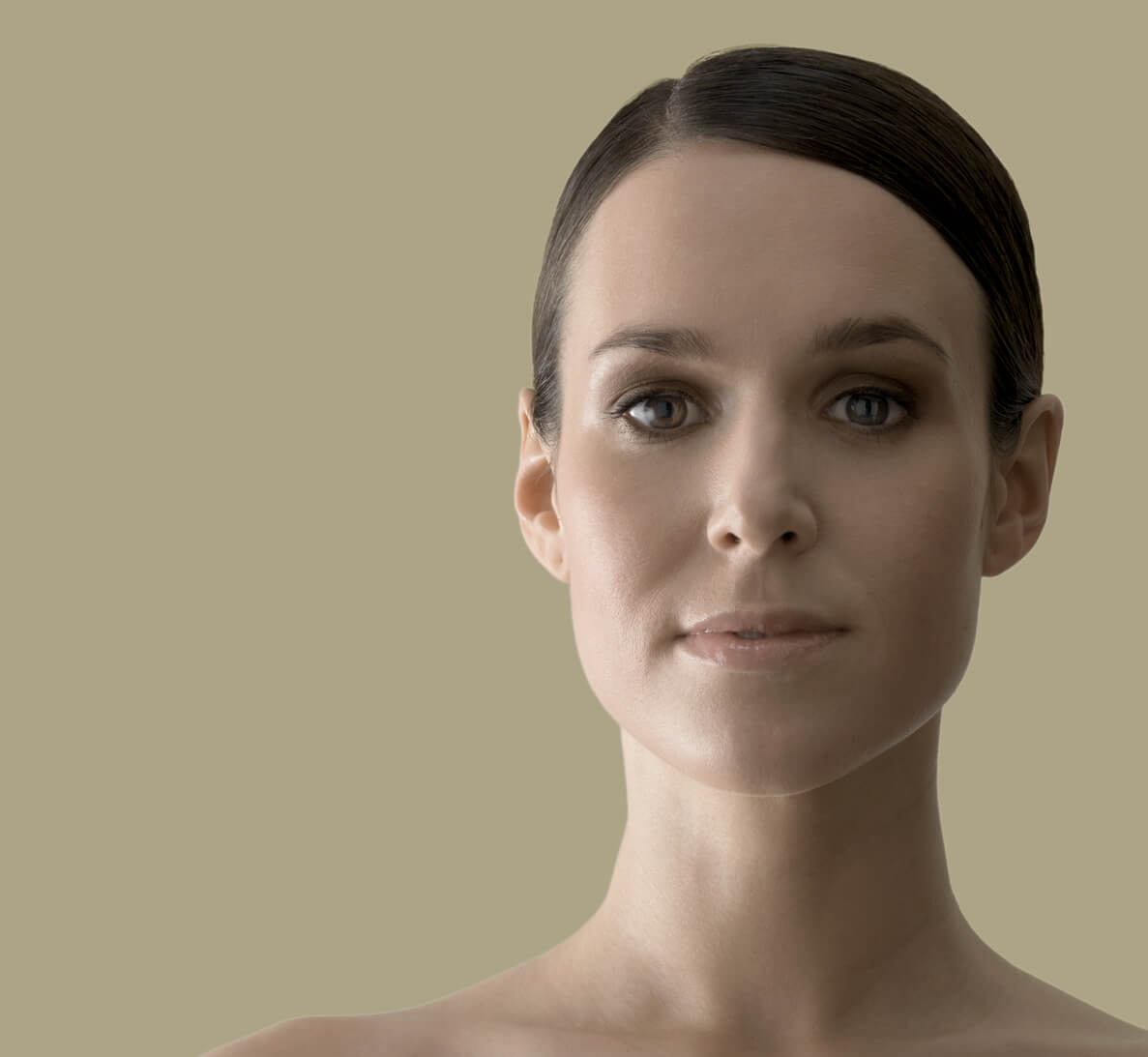
The term “vampire lifting” denotes a modern treatment using the patient’s own blood to produce platelet-rich plasma (PRP). Platelet-rich plasma is then used for skin treatments aiming to improve skin quality, wrinkles or stimulate hair growth.
Vampire lifting uses platelet-rich plasma that is manufactured using the patient’s own blood. Platelets (thrombocytes) have an important function in blood coagulation and wound healing. Platelet-rich plasma (PRP) has an increased concentration of platelets compared to the whole blood. In addition, unwanted red and white blood cells are removed from PRP. Red blood cells (erythrocytes) contain proinflammatory factors that can result in the generation of free radicals which damage the skin, while white blood cells (leukocytes) release proteases with negative effects on the skin. Therefore, both are eliminated as much as possible in the production of platelet-rich plasma (PRP). The platelets contained in PRP in an increased concentration release numerous growth factors that directly and indirectly promote tissue regeneration. This is how a vampire lifting achieves its positive effects on the skin and hair follicles.
The treatment with platelet-rich plasma (PRP) stimulates tissue regeneration. This positive effect is scientifically proven and is based on the stimulating effects of the platelets (thrombocytes). To initiate this process, small volumes of whole blood are taken from the patient, as in a blood test. This coined the term vampire lifting. Using centrifugation, the unwanted red and white blood cells are removed and the concentration of the desired platelets is increased 2.5 times. Thus, platelet-rich plasma is created that can be injected into the skin of the patient in multiple small amounts creating small wheals. In the skin of the face or scalp, the platelets release their chemotactic and growth factors that attract stem cells and other cells. Thereby, the healing process is initiated in a vampire lifting which in turn increases the skin blood supply and production of new collagen. This effects an improved skin quality (texture, thickness, elasticity and pigmentation) and stimulates hair growth.

Considerations
When to consider vampire lifting:
- Your skin is sun damaged, thin and wrinkled (actinic elastosis).
- You suffer from scars as a result of acne or operations.
- You are disturbed by fine facial wrinkles, such as in the area around the eyelids or lips.
- You’d like to have a smoother, more even complexion.
- You have stretch marks, for example, as a result of weight fluctuations or pregnancy.
- You suffer from hair loss.
Vampire lifting cannot remove scars or stretch marks, but can make them visually less conspicuous.
Consultation
As with any other cosmetic treatment in the AARE KLINIK and Medical Spa, a prerequisite to a successful treatment with platelet-rich plasma is careful planning. This starts with a personal consultation.
- Communication of wishes and expectations ascertain what you would like to improve.
- Explanation of the possibilities and scope of vampire lifting.
- After your medical history is taken and your health assessed, you will be informed about possible treatment alternatives.
- Only when vampire lifting proves to be the most appropriate treatment, will the procedure be planned.
- Risks and possible complications and side-effects are discussed and documented.
Due to the microscopic injuries and irritation inflicted upon the skin by the injection of platelet-rich plasma, the treatment is not suitable for those who suffer from:
- skin irritation and eczema
- skin infections
- fungal infections
- active acne
- rosacea
- psoriasis
- skin cancer (or signs of any irregularities)
- prominent birthmarks
- warts
- wounds
Procedure
- Before undergoing a vampire lifting procedure, standardised digital photos are taken of the region being treated.
- To ensure a painless treatment, the areas of skin to be treated are prepared with a local anaesthetic cream 30–45 minutes prior to the injection of platelet-rich plasma.
- A small blood volume is taken from the patient and centrifuged to create platelet-rich plasma by eliminating the unwanted red and white blood cells and increasing the concentration of the desired platelets by 2.5 times.
- Platelet-rich plasma is then injected into the skin of the patient in multiple small amounts creating small wheals.
Risks and side effects
As with all treatments, there are side effects with vampire lifting. Fortunately, complications are rare. Side effects include:
- After the treatment small injection wheals are visible that ususally resolve within several hours but may last for a few days.
- Slight bruising at the injection sites may occur infrequently.
- Redness and swelling of the skin in the first 3-5 days after treatment. Redness can be covered with makeup from the first day after treatment.
- In general, recovery time is only a few days. However, slight redness of the skin may last up to a week.
- Micro-injuries to the skin from the injection of platelet-rich plasma can trigger an inflammatory response in the context of wound healing. Thus, there is a risk of post-inflammatory hyperpigmentation, (i.e. darker skin pigmentation) after the vampire lifting.
- Consequently to minimise the risk of hyperpigmentation, you should protect your skin with factor 30+ sunscreen and avoid any substances that sensitise the skin to UV radiation for 2–4 weeks after treatment.
Preparation
- There is no special preparation required before a vampire lifting.
- You should avoid applying makeup on the day of treatment.
- If you have a tendency for cold sores, a prophylactic administration of an antiviral agent should be considered.
Post treatment
- On the day of treatment, your skin should be washed with water and a non-perfumed light moisturizing day cream should be applied.
- From the first day after treatment, any redness can be concealed with makeup.
- From the second day after the treatment, skincare products, (in particular creams containing retinol) can be used again.
- The treated skin area should be protected from the sun with a factor 30+sunscreen for 2–4 weeks.
- All substances (medicines, creams, etc.) that sensitise the skin to UV radiation should also be avoided during this period in order to minimise the risk of post-inflammatory hyperpigmentation.
Outcome
- The result of the treatment is usually visible after 1-3 months.
- However, several sessions are usually needed to achieve the treatment goal.
- 3 sessions are usually needed for the treatment of fine lines or shadows of the lower eyelids.
- 3-4 sessions at 4-6 weeks intervals are usually necessary for the treatment of sun damaged or scarred skin.
- Due to the effects of aging, it makes sense to repeat the treatment at regular intervals, usually once a year, in order to rejuvenate the skin’s appearance.
Costs
- The cost of a vampire lifting depends on the size of the skin area to be treated and the number of individual treatments.
- A more accurate estimate can therefore only be made after a personal consultation.
Appointments for vampire lift with Dr. Scheufler in Bern
Before any facial treatments you should have a comprehensive consultation and additional examination. Only in this way can you be sure whether the type of surgery will lead to the result you expect. In addition, your consultation will give you a good impression of our experience in the field of facial treatments. Feel free to ask for before and after photos to get an idea of what the results look like.

PD Dr. Oliver Scheufler, board certified plastic, reconstructive and aesthetic surgeon and author of this website, is pleased to be at your service for a personal consultation. Besides his main occupation at the AARE KLINIK, Dr. Scheufler is also scientifically active and lectures at the University of Basel. He also was a visiting professor at Duke University (USA). Please do not hesitate to contact him if you wish a professional consultation!



